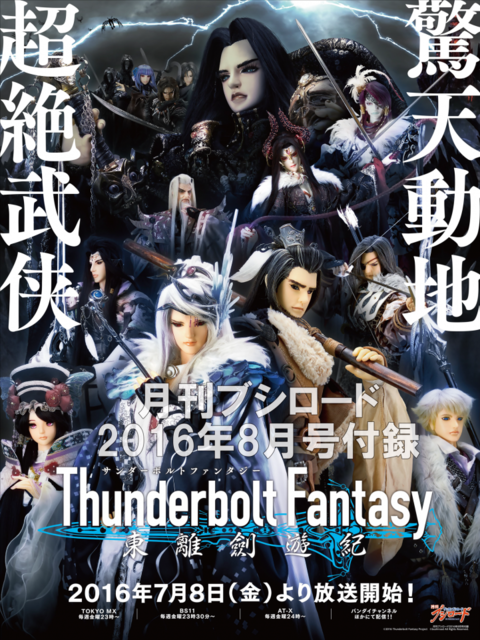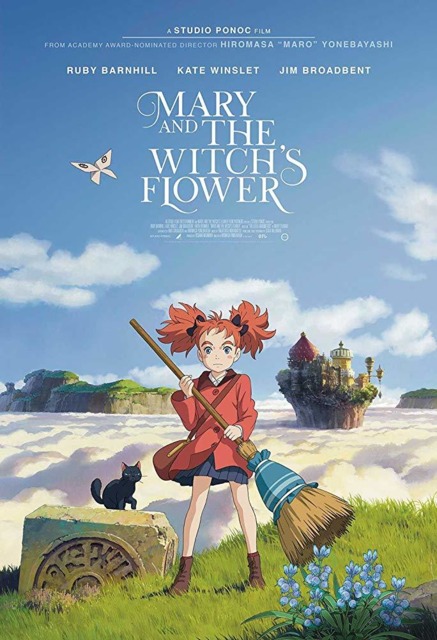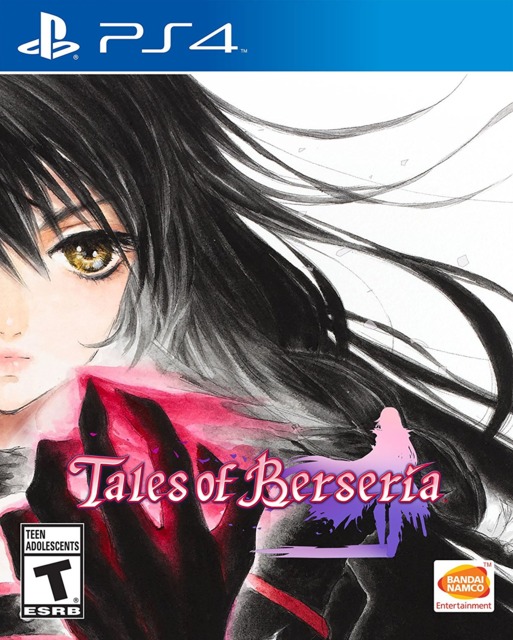No time for intros this week! I'm bailing because it's Extra Life and the mod team are on full deployment for six straight days of chat supervision. Kind of a wild time of year that doesn't leave much time for blogging, but it's for the kids so it's all fine and good.
That said, I did manage to write a few blogs before the madness began, and I have a few Addenda items worth mentioning too. All of them can be found yonder:
- The Indie Game of the Week was Cat Quest, which fulfilled my requirement of having something a bit grindy and low-effort to play in the background of all the Extra Life streams this week. That sounds a little reductive, but Cat Quest is very much aiming to be a micro-scale, top-down Elder Scrolls game with a cartoonish aesthetic and a whole lot of cat puns. While the content can be a bit repetitive if you're playing all of it - true for Skyrim also - the reactive real-time combat is just about engaging enough to carry the player through. A hard game to dislike given its earnestness.
- Tuesday slot once again travels back two decades for SNES Classic Mk. II: Episode XXII: ROM-Zom-Kong, in which the inimitable B-movie love letter Zombies Ate My Neighbors and Rare's excellent simian follow-up Donkey Kong Country 2: Diddy's Kong Quest are up for judgment. Both games are notorious for their difficulty, but are so charming and inventive that you're inclined to push through to their ends regardless.
Addenda
TV: Thunderbolt Fantasy (Season 1)

Enough people have raved about this show in the past, and even more presently now that the second season has started, that I decided to finally check it out. Thunderbolt Fantasy, for the uninitiated, is a classic wuxia epic co-created by Taiwanese and Japanese studios with characters that have names that translate as Unstoppable Force Conquering the Heavens and Cold Northern Wind That Whistles Through the Trees With a Sort of Wheeeet-Whee Sound. Badasses, in so many words. It's also performed entirely with marionettes, taking advantage of digital effects and clever editing to make their sword battles come to life.
However, it's not "epic" in the sense that there's way too many characters and events to track, like there would be in The Water Margin (which I feel inspires a lot of fantasy wuxia like this) or Romance of the Three Kingdoms, and the story is concise and easy to follow. There are twists, there are turns, there are characters that prove to have hidden depths and others that conceal their true nature. The serial plotting is really riveting outside of the cool battle scenes, and the thirteen episodes of season 1 just fly by as you binge it.
I think a lot of folk might be a little resistant at the idea of getting into a Japanese-language, China-inspired wuxia story told with Team America-ish marionettes but it's surprisingly appealing. Of course, for a certain type of person that pitch alone would be enough convincing to watch it. I was consistently charmed by how the animators (or puppeters, I suppose) found way to bring humanity and nuance to these puppets, and I'm excited to check out the second season over the next few months.
Movie: Mary and the Witch's Flower (2017)

This week sees us return to the works of Hiromasa Yonebayashi, which we last visited with The Secret World of Arrietty a few months ago. However, Mary and the Witch's Flower is not a Studio Ghibli movie, but that of the fledgling Studio Ponoc which various former Ghibli staff left to found. Ponoc will be, I imagine once they have a few more movies under their belt, the Disney Animation Studios to Ghibli's Pixar: one was clearly borne from the other, and it simply means that the two can continue to develop equally good animated movies independently (for as long as Ghibli lasts, at least - it's still unsure what will happen to the studio once Hayao Miyazaki retires for real).
Like many recent Ghibli movies, including Arrietty, Mary and the Witch's Flower is based on a British children's novel (The Little Broomstick by Mary Stewart, originally released in 1971) and thus has a British cast of actors for its international dub including Kate Winslet and Jim Broadbent. Mary's a helpful young girl who has moved to the countryside with her great-aunt and is counting the days until school starts, bored out of her mind by the countryside's modest charms. A chance encounter with the titular glowing flora has her temporarily visit the university of witches and warlocks in a Harry Potter-esque story that instead plays upon Mary's outsider status and her attempts to bluff her way through the enrolment tour so she doesn't get marked as a trespasser and transformed against her will.
Ponoc has definitely borrowed Ghibli's penchant for going all out designing its fantastical worlds and spending quiet moments simply reflecting on the sights and sounds of these places, unhurried it is in the telling of its fairly predictable story. Curious fans of Ghibli who have come over to see what Ponoc is doing will find the same cadence and attention to detail that they've grown accustomed to, and even adult viewers can be entranced by the visuals and wholesome nature of these movies.
Game: Tales of Berseria

Gonna be another short update this week, because we're moderating Extra Life and because I still need to pace myself with Berseria given how the end is nowhere in sight. This time I'm going to talk about another feature of recent Tales games that more games should consider integrating into what they're doing: a truly versatile difficulty slider.
A lot of games have difficulty sliders, of course, but for the most part they're meant to be set before starting and only interfered with if you're truly struggling or if the game's too much of a cakewalk. Most folk are resistant to change it in case it messes with achievements also, though that's become less of a concern of late. In Tales, changing the difficulty frequently is encouraged: while getting better at the game, you'll want to keep the difficulty as high as you can manage, because a lot of the game's potentite - which I talked about last week as these permanent passive abilities and feature unlocks which can be earned from bosses both story-related and optional - will only come into effect on certain difficulty modes or higher. The difficulty also adjusts your battle rewards: on Moderate, for instance, which is one higher than Normal, you get less flat XP per battle but your bonus XP - earned for Grade-scoring accomplishments like not taking damage, hitting enemies with Mystic Artes or high-chain combos, and effectively using Break Souls - is greatly increased to compensate. Right now, I can finish a battle on Moderate where one character gets like 50 XP and another gets over 10000 XP. You also earn more items and Gald (the game's currency) on higher difficulties, but of course the downside is that some encounters are much stronger, including the likelihood of a "Dire Foe" attack. It's not a bad idea to drop the difficulty down a notch if you have one of the "Code Red" optional monsters in your sights, but otherwise keep it as high as possible for the best rewards.
As for Dire Foes, that's something else this game introduces. Distinct from Code Red monsters, which act more like the hunter marks from Final Fantasy XII in that they're visible on the overworld and can be fought at the player's leisure (they won't even rush you on-sight like other overworld monsters), Dire Foes have a chance of appearing immediately after a normal battle if you've fulfilled a number of requirements: completed the last few battles with a high Grade score, create a linked encounter (a technique I talked about last week where you drag two overworld monsters close together so you fight them both simultaneously for rewards greater than the sum of what you'd get individually), and have the difficulty on Normal or higher (and the higher it is, the more likely you'll see a Dire Foe). Dire Foes show up with two invincible adds which mostly just serve to distract, and defeating the Dire Foe earns you a huge amount of Grade and points towards learning skills. The last time I fought one, my items earned something like 90 building points each: the usual is one or two per battle. Dire Foes take a lot of preparation to even make them appear, and then of course you have to beat them which isn't an easy ask especially if you've been beaten down by the preceding encounter, but they're definitely worth the effort. It's also another reason to set the difficulty to Moderate or above: just being on Moderate makes them four times more likely to appear.
So the difficulty slider isn't just something you set and forget in Tales of Berseria. You're highly encouraged instead to test the waters with the area you're in and set the challenge level appropriately, being very careful not to bite off more than you can chew - there's no "retry battle" option for random encounters, so if you die it's back to the last save point. It also makes going back to earlier areas (because you're looking for a specific enemy drop or a chest you couldn't reach, perhaps) worthwhile, because you can ramp the difficulty up super high and reap the Grade and other rewards and still probably do fine. Tales, and Berseria in particular, is really making strides innovating on mainstay JRPG mechanics and it's still introducing new features even some forty hours in: there's hints to some sort of "geoboard" that I've yet to unlock, so maybe that will be the focus of next week's update.
That's going to do it for this week's short-but-not-really update. My thanks go to any who donated to Extra Life this year, and continue to cheer the exhausted streamers on in our chat without being jerks about it. There's a huge sense of esprit de corps around this time every year, and the generosity is always welcome as the world continues to grow darker (both in a literal wintertime sense and a more figurative downer political sense). Next week should see another brand new blog feature for the revolving door Tuesday slot, as well as another Indie Game of the Week candidate from 2017, so I hope you stop on by and check them out. See ya.
Log in to comment